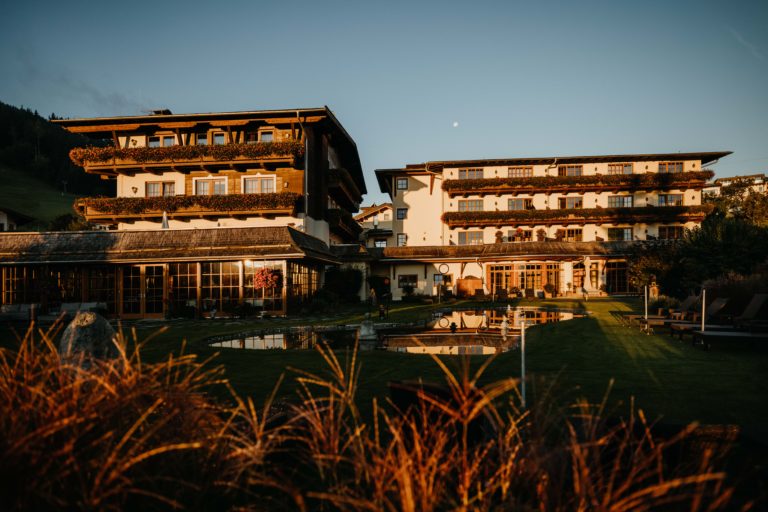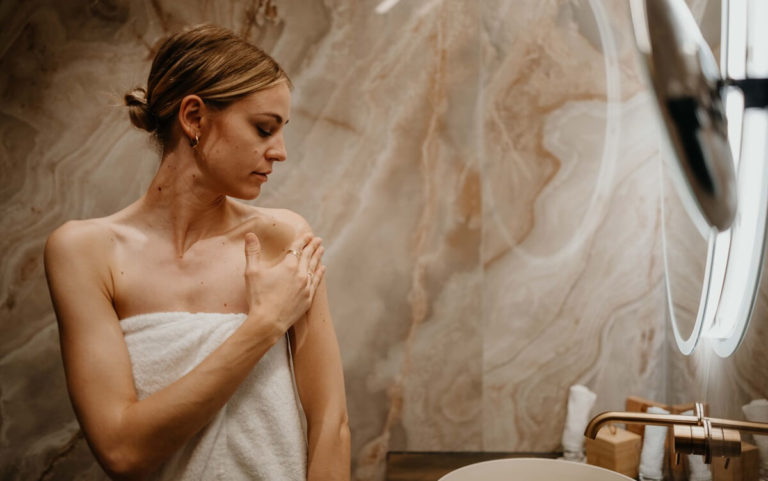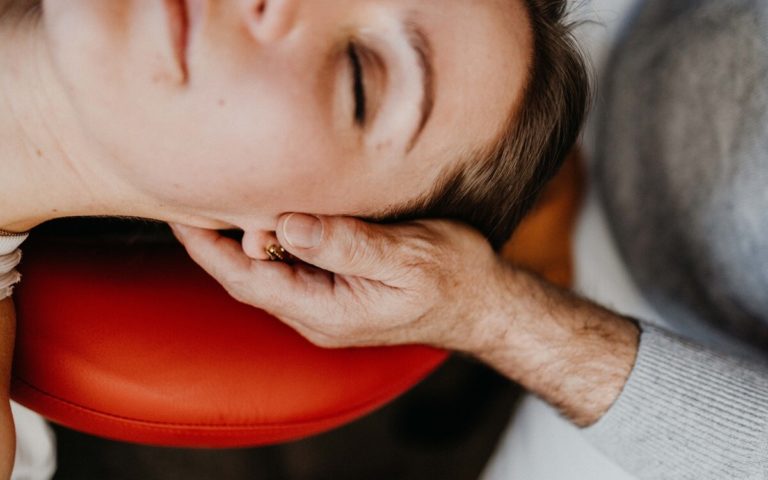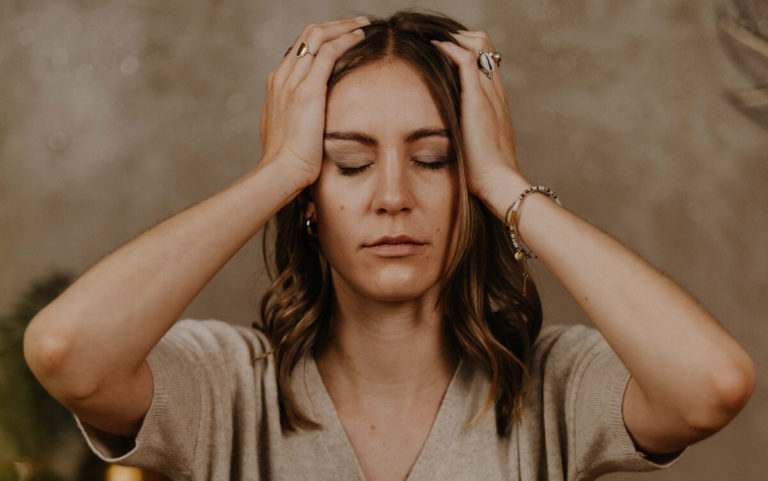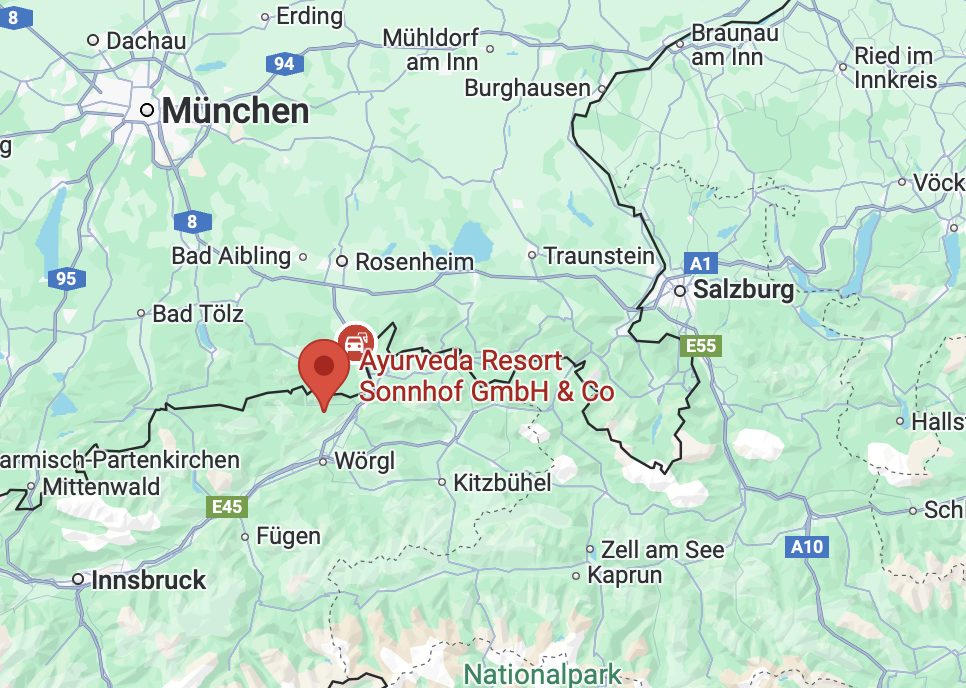Ayurvedic teachings offer a variety of different massage techniques. The best-known foot massage in Ayurveda is Padabhyanga. You can find out exactly what Padabhyanga does and how the massage works here.
The most important facts in brief: What is Ayurvedic foot massage?
The Padabhyanga massage helps to alleviate numerous psychological and physical complaints by stimulating the vital points. Through the application of warm oils and gentle movements, your body relaxes and comes to rest.
The foot massage is used to soothe and relieve everyday pain. Warming oils are massaged into the body with the hands. In addition to your feet, your calves and knees are also massaged as part of the treatment.
How Padabhyanga works
Your feet are put under a lot of strain every day and reliably carry you through your everyday life. This makes it all the more important to take proper care of them to keep them healthy and supple. The traditional Ayurvedic Padabhyanga foot massage is the best way to do something good for your feet.
An Indian proverb says: "He who holds a man's feet in his hand also holds his soul".
In Ayurvedic teachings, the feet (pada) are the contact between the human body and the earth. It is therefore no coincidence that they are of great importance and are regarded as an indicator of whether the body is being treated and nourished well. The foot massage is therefore also considered an important, vitalizing ritual in Ayurveda.
The human extremities contain a particularly large number of nerve endings that are stimulated during a massage. Padabhyanga massage can therefore increase your well-being and have a positive effect on your state of health. The massage is also said to have a cleansing effect on the entire body.
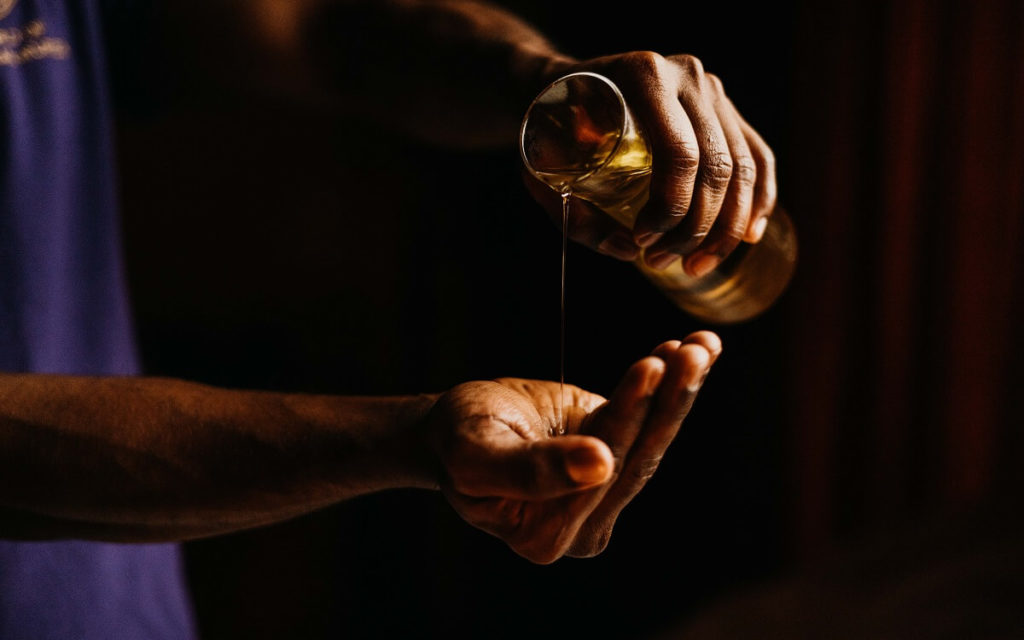

Depending on the treatment, a soothing foot bath with various herbs is often offered before the Padabhyanga. The actual massage takes place while lying down and consists of massaging the feet, calves, thighs and knees.
For the feet, warm oils or a balm made from ghee is used. It can be part of the Ayurvedic Abhyanga full-body massage or performed separately.
Step-by-step instructions for an Ayurvedic foot massage at home
The basic Padabhyanga technique can be performed wonderfully at home and gives you a moment of relaxation. Two tablespoons of warm oil or ghee and a towel are all you need.
The Ayurvedic foot massage is suitable for all dosha types and varies only in the choice of oil.
- Ghee, coconut oil, sunflower oil or pitta massage oil are particularly suitable for pitta types.
- Vata types are best served with ghee, sesame oil, olive oil or Vata massage oil.
- As a Kapha type, it is best to use ghee, sesame oil, jojoba oil or the Kapha massage oil for massage.
Important: If you suffer from thrombosis, inflamed veins, fever, skin diseases or acute foot injuries, it is better not to perform a foot massage.
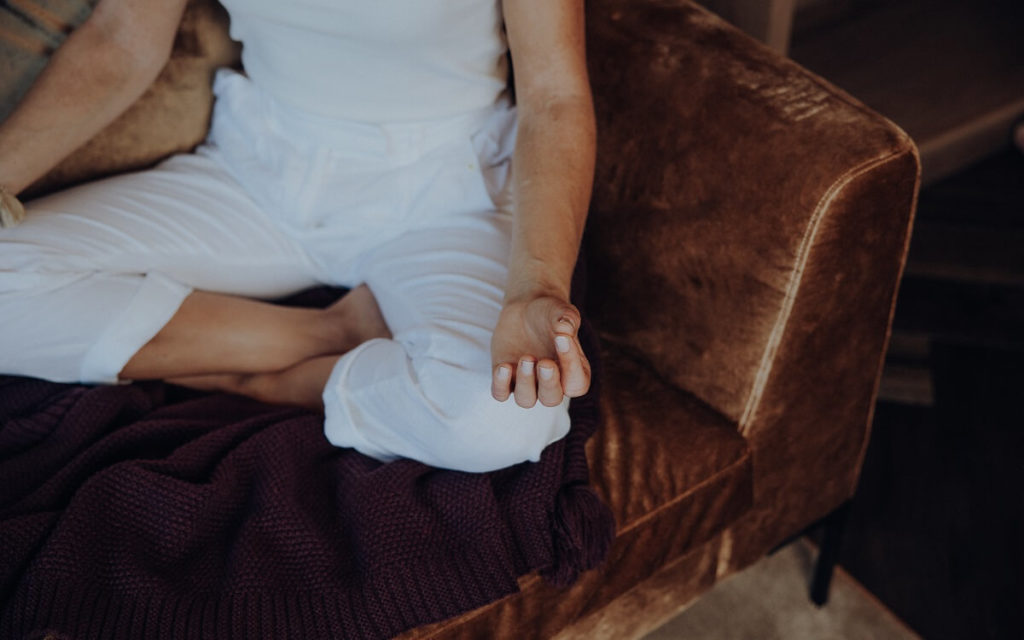

Find a comfortable cross-legged position for the massage and place the towel under your feet. Now perform the various movements in this position. Make sure you perform them gently and consciously.
- The best way to massage is to start with the spaces between the toes and then work your thumb up along the tendon on the back of the foot.
- Then circle the ankle with your fingers and smooth out the Achilles tendon.
- Next, carefully flex the toes with both hands.
- It is best to massage the vital points in the middle of the sole of the foot in a clockwise direction.
- The inner edge of the foot is then treated in a circular motion with the thumb.
- Finally, stroke the outer edge of the foot with your hand.
Wrap your feet in cozy socks or a blanket after the massage. You can vary the movements and duration of the massage yourself. This makes it ideal as a daily ritual, for example before going to bed.
How does the Ayurvedic foot massage work?
In addition to the relaxing effect of the foot massage, it also stimulates your body's self-healing powers. This can improve your general state of health.
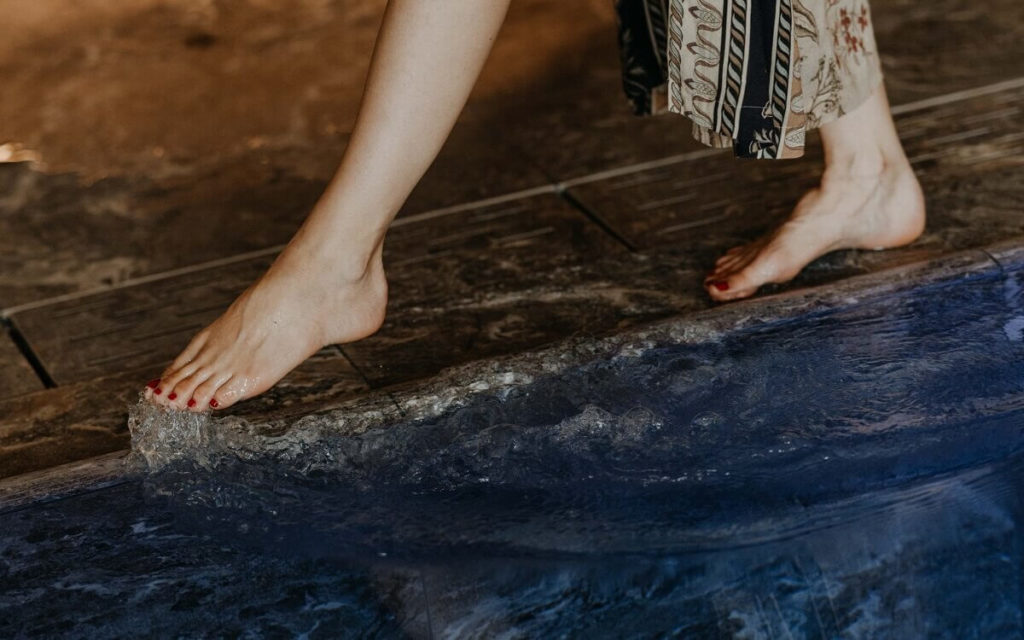

The following complaints can be alleviated:
- Sleep disorders
- inner restlessness
- Headache
- Nervousness
- Tense muscles
- Water retention
This relaxing foot massage can also support stress management. The massage has a very grounding effect and helps to stop the carousel of thoughts in your head.
It is also suitable for skin care. The oil makes your feet more supple and less cracked or brittle. It promotes blood flow and revitalizes the tissue, which is particularly important at an advanced age and for healthy longevity.
The vital points in the feet and legs
The marma points, the vital points in the foot, play an important role in Padabhyanga. These points have a special connection to the body, whereby the stimulation of the marma points stimulates certain areas of the body.
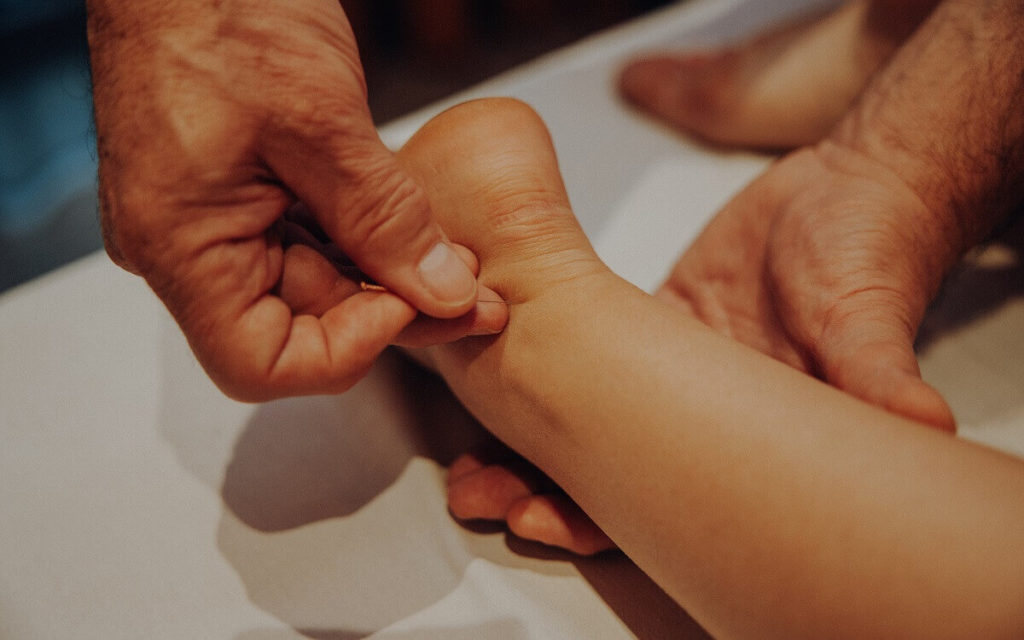

These cross points of the energy channels are distributed throughout the body and amount to a total of over 100 vital points.
The following vital points are located in your legs and feet:
- Kurcha at the base of the foot is associated with vision
- Talahridaya in the middle of the sole of the foot has an effect on cardiopulmonary function
- Ani above the ankle promotes muscle relaxation
- Indravasti in the ankle organizes the digestive organs
- Urvi on the thighs is related to the pancreas
- Janu in the knee joint represents a connection to the spleen and liver
A blockage in the marma points can lead to unpleasant complaints. This makes it all the more important to relax and massage the vital points, which has a relieving, stress-relieving and invigorating effect. With the targeted application of Padabhyanga, specific complaints can even be alleviated with a foot massage.
What ailments does Padabhyanga help with?
The following complaints fall within the scope of Padabhyanga and can be treated with Ayurvedic foot massage:
- Inner restlessness and problems with relaxation
- Sleep problems
- Headaches and migraines
- Burnout symptoms
- Lymph congestion and calf cramps
- Swollen, dry or cracked feet
- Eye problems and visual disturbances
- Pain therapy
However, an Ayurvedic foot massage can also be used simply for relaxation and as a little time-out.
Read more
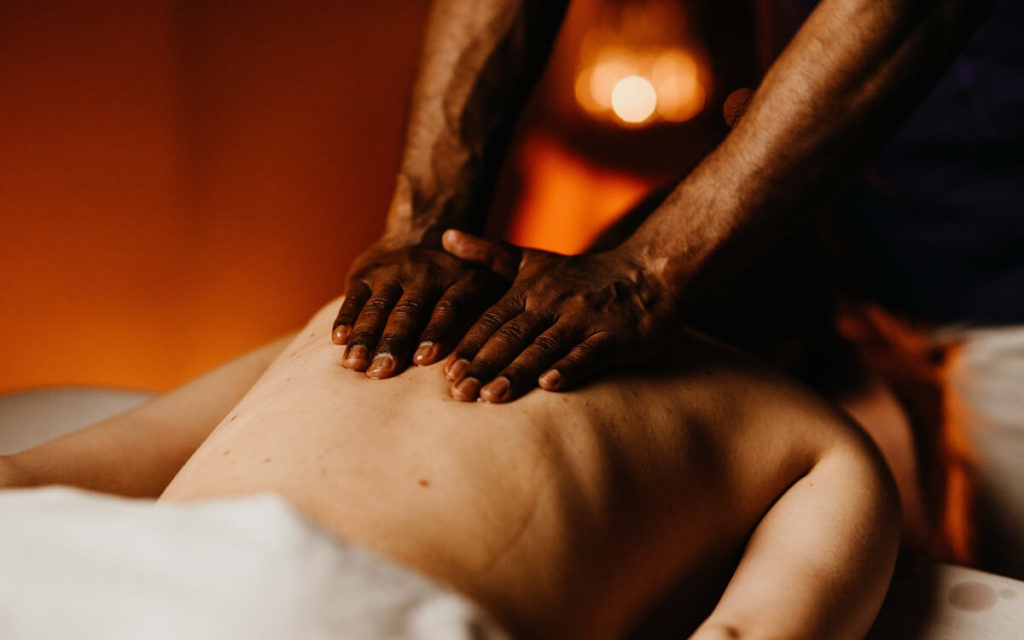

Ayurveda massage: procedure, effect and technique
An Ayurvedic massage releases inner blockages, eases tension and promotes physical and mental relaxation. There are various massage techniques tailored to your personal needs.

